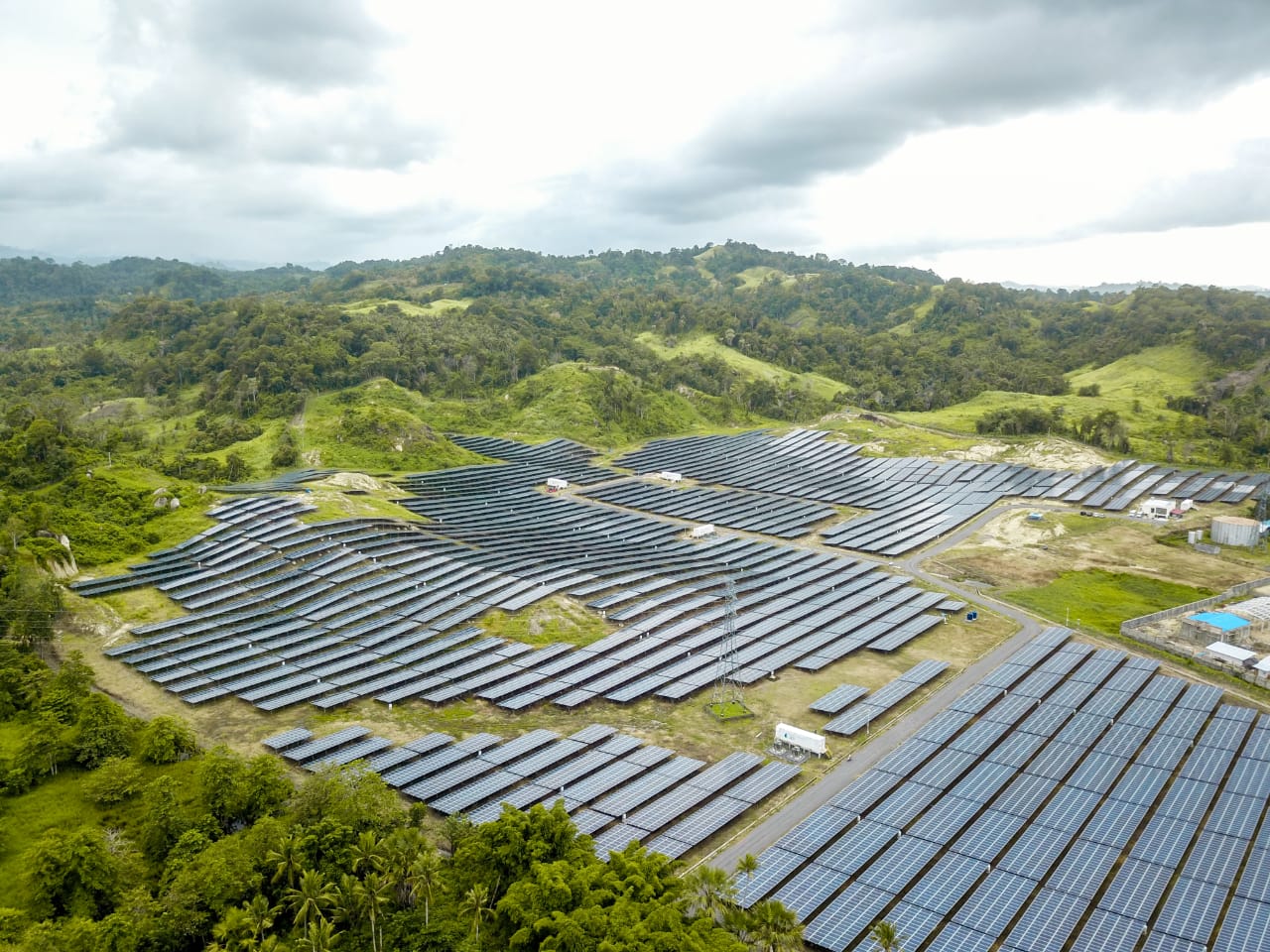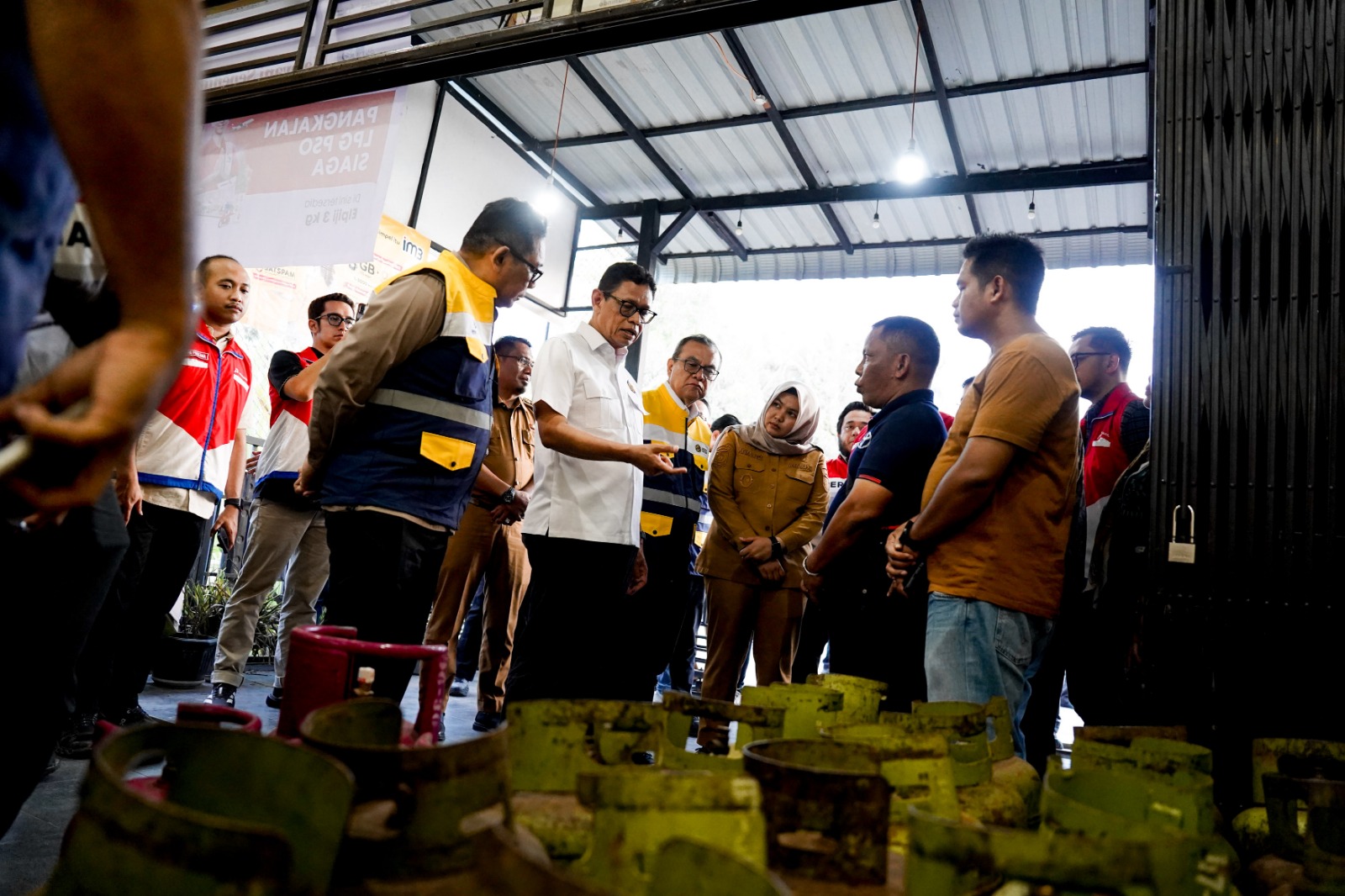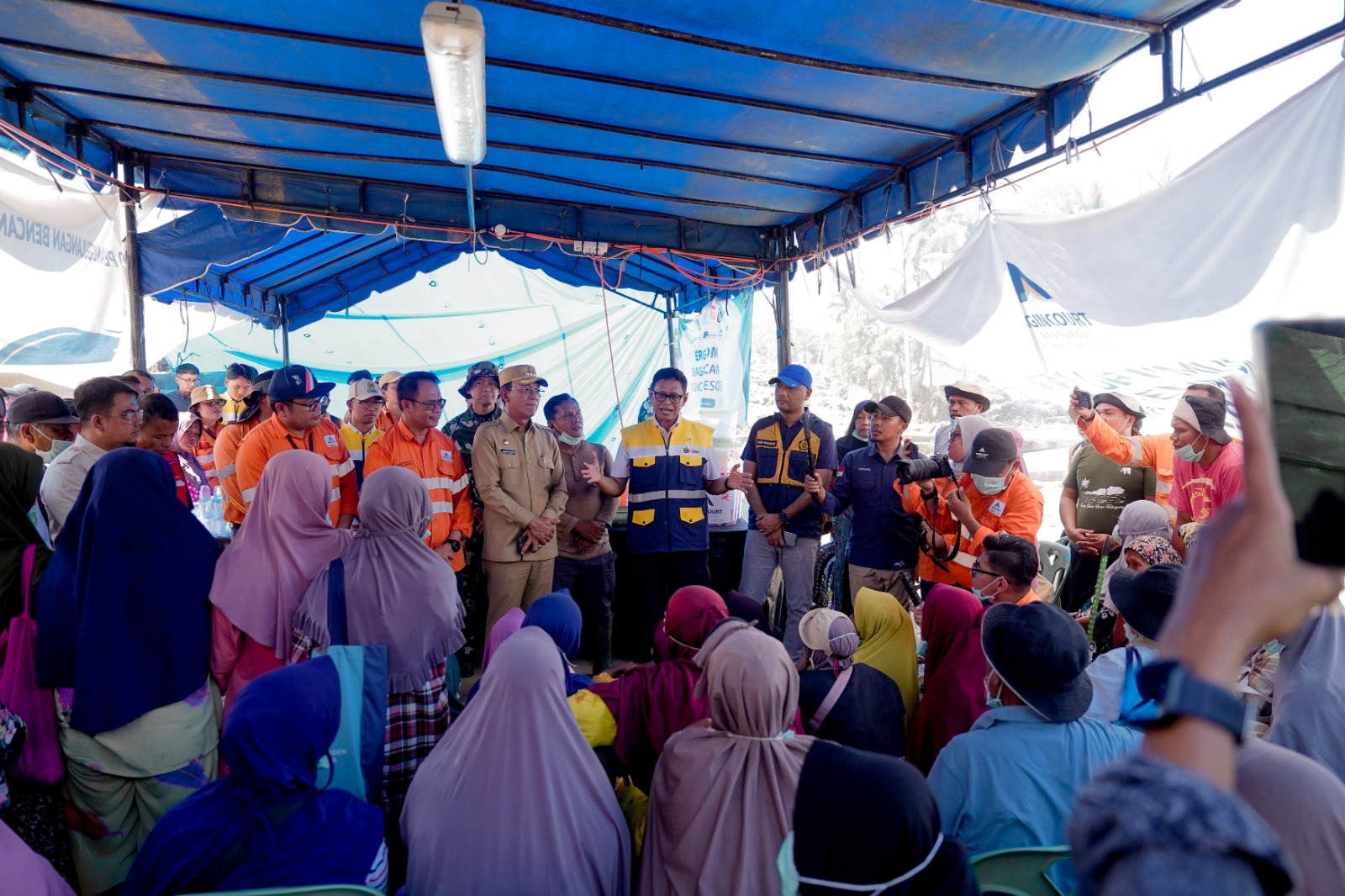
Solar Power the Best Option to Fulfill Energy Mix and Electrification Ratio, Says Director General
MINISTRY OF ENERGY AND MINERAL RESOURCES
PRESS RELEASE
NUMBER: 061.Pers/04/SJI/2021
Date: 17 February 2021
Solar Power the Best Option to Fulfill Energy Mix and Electrification Ratio, Says Director General
Solar Power Systems (PLTS) are deemed the best option to speed up the realization of 23% renewable energy mix by 2025 and the electrification ratio. Construction of a solar power is faster and easier compared to other power plant types.
"The fastest approach is using solar energy. Solar energy can be found everywhere, the feasibility study on solar power construction is not too difficult, especially for rooftops," said Director General of New, Renewable Energy and Energy Conservation (NREEC) of Ministry of Energy and Mineral Resources (EMR), Dadan Kusdiana, in a virtual discussion during the Central Java Solar Day 2021 on Tuesday (16/2).
Dadan explained that at the end of 2020, the portion of renewables in Indonesia's national energy mix was 11.5% or half the target. For the record, the Indonesian Government has set a target to use renewables by 25% by 2025. Additionally, it has expressed its commitment to reducing greenhouse gases by 29% by 2030. "We only have five years to go; if we cannot fulfil our renewables target, we won't be able to honor our commitment to greenhouse gas reduction," Dadan said.
To support the target realization, continued Dadan, the Ministry of EMR is drafting a medium-term national grand energy strategy which will be valid until 2035. "Our focus is to reduce or remove oil imports, then we shift from fossil energy to renewable energy," Dadan added.
Solar power is the top priority in future energy development. "In the national grand energy strategy, solar power is our priority. We have a floating solar power program. The Electricity Procurement Plan (RUPTL) is being prepared by covering all reservoirs in Java Island," jelas Dadan.
One of the solar power plants currently under construction is the Cirata floating solar plant. "The prospect is quite good. In terms of price, production cost of Cirata is below the Electricity Generation Costs (BPP) of Java electricity system," said Dadan.
According to Dadan, solar power plant development will be much better if combined with hydropower plants (PLTA). Most hydropower is used as peaker to be turned on when electricity demand is peaking, and not for 24 hours because the energy supply is limited. "A hydropower is commonly turned on in the afternoon. During the day, a hydropower plant is switched with a solar power; so a hydropower plant and a solar power plant complement each other," Dadan explained.
By utilizing solar power plants, the government hopes that Indonesia's energy security and independence will improve on the basis of clean energy. "In time, we can improve our economic competitiveness," Dadan emphasized.
The use of solar power can offer a solution to increased electrification ratio through the conversion of diesel-fueled power plants to renewables power plants. "The electrification ratio in Central Java is excellent, but actually Eastern Indonesia is our central focus," said Dadan.
In line with the plan of the central government, the Provincial Government of Central Java is planning to develop rooftop power systems. These systems are deemed cheaper because land procurement is not needed for installation. "Because the installation does not need land procurement, we are committed to rooftop solar development so that we can harvest free electricity," said Secretary of Central Java Provincial Government, Prasetyo Wibowo, on the same occasion.
To support the rooftop solar power program, the Provincial Government of Central Java in March 2019 issued a circular calling on installation of rooftop solar power on the buildings of provincial government offices. In fact, the Provincial Government had set an example by installing a solar power on top of its office buildings in 2017 with a capacity of 35 KWp. In 2018, another solar power was installed on the rooftop of the Provincial Development Agency (Bappeda) with a capacity of 30 KWp. Still, in 2019, the secretariat building of Provincial People's Representative Council (DPRD) was installed a solar power system with a capacity of 30 KWp.
Meanwhile, Executive Director of Institute for Essential Services Reform (IESR), Fabby Tumiwa, expressed his optimism that in the next decade, global solar power will develop even more rapidly. To date, total installed capacity of solar power has reached about 627 gigawatt (GW) worldwide, while in 2020 an additional 107 GW was installed. Solar power systems have been installed with various applications, from ground-mounted, floating on lakes or reservoirs, and on rooftop.
"The International Energy Agency last year reported that solar is the new king. Solar power plants will be the new king because they replace coal-fired power plants. In the next 4-5 years, solar power plants will grow by 130-170 GW on average annually," Fabby concluded. (IY)
Head of Bureau of Communication, Public Information Services, and Cooperation
Agung Pribadi (08112213555)
Share This!






